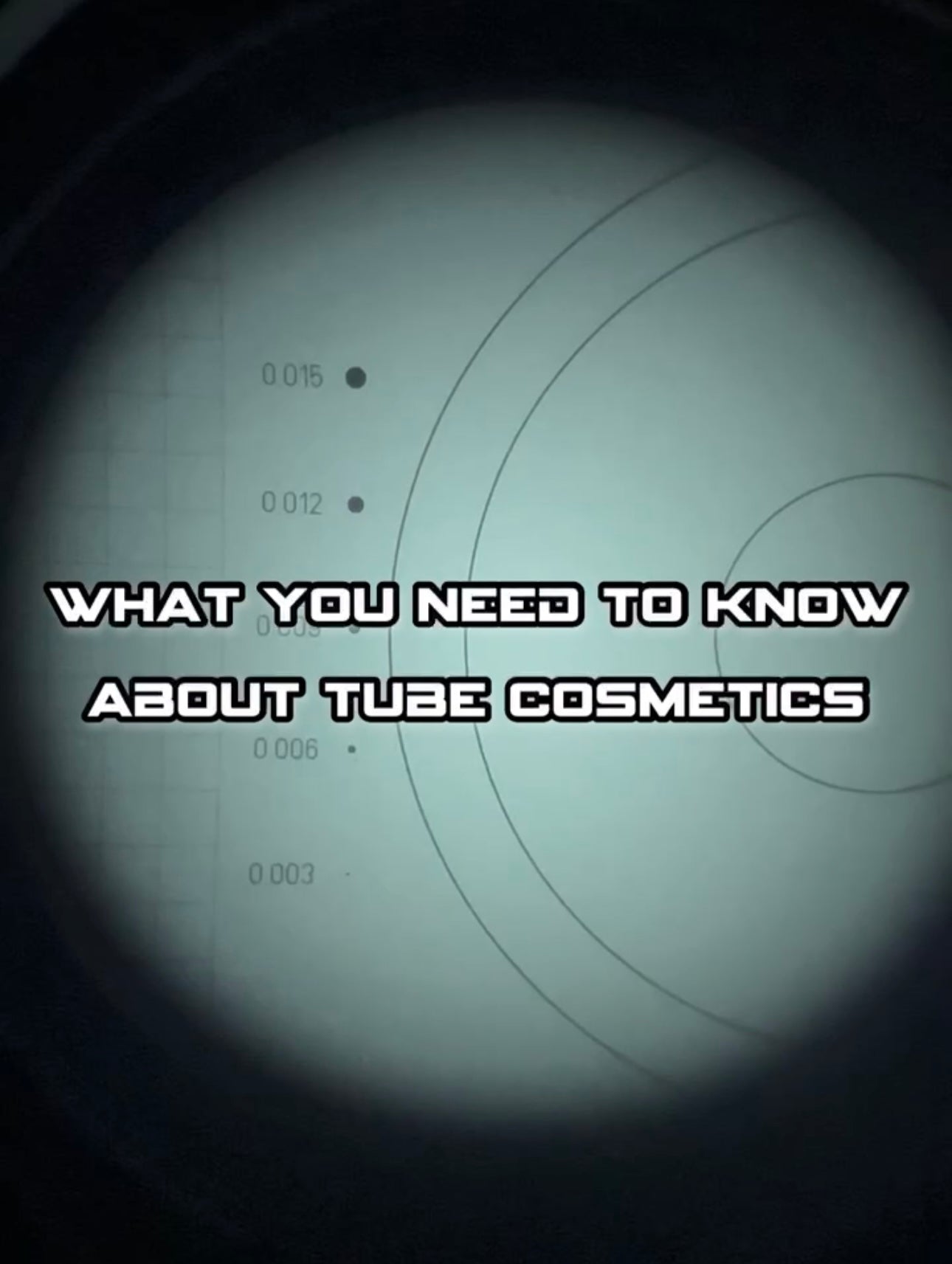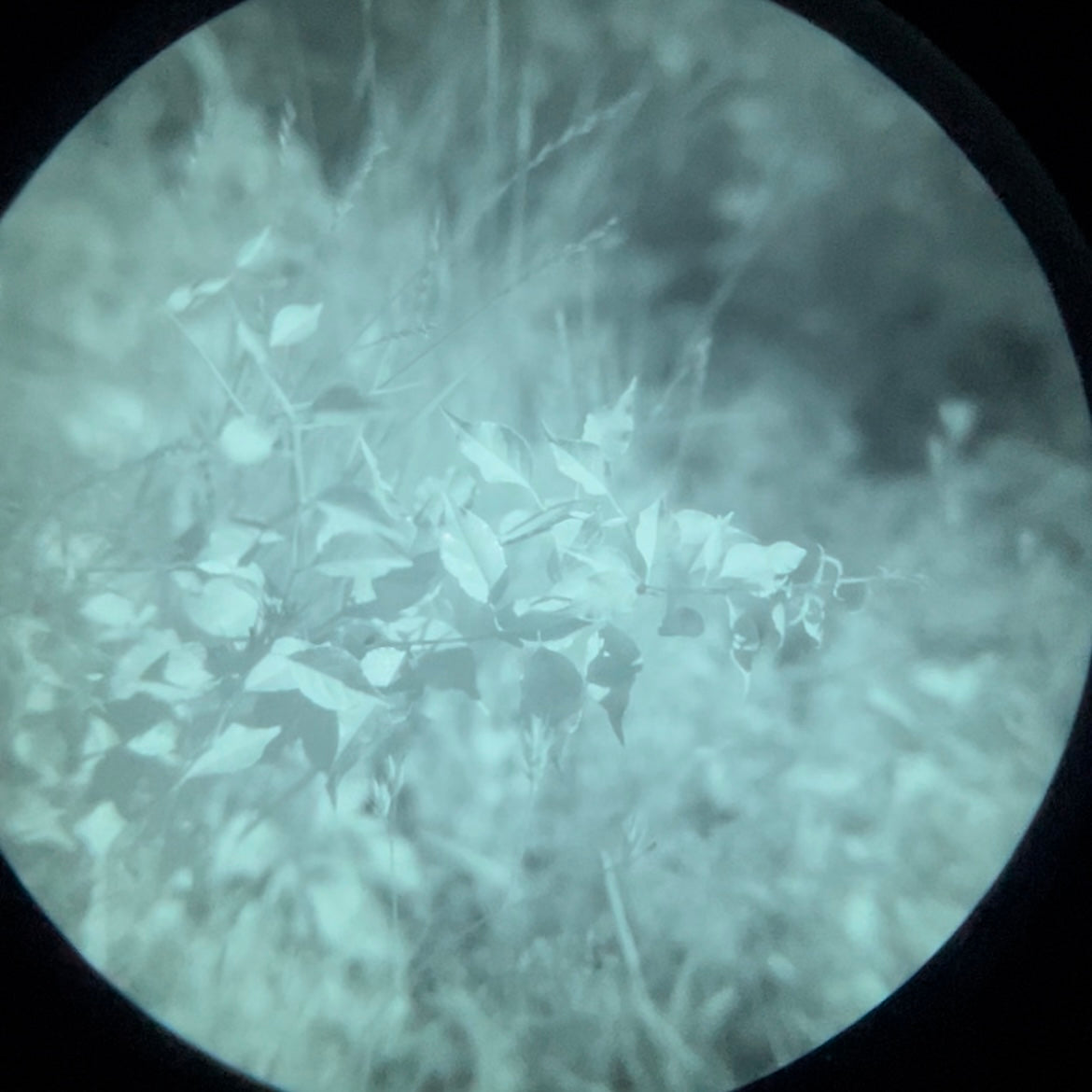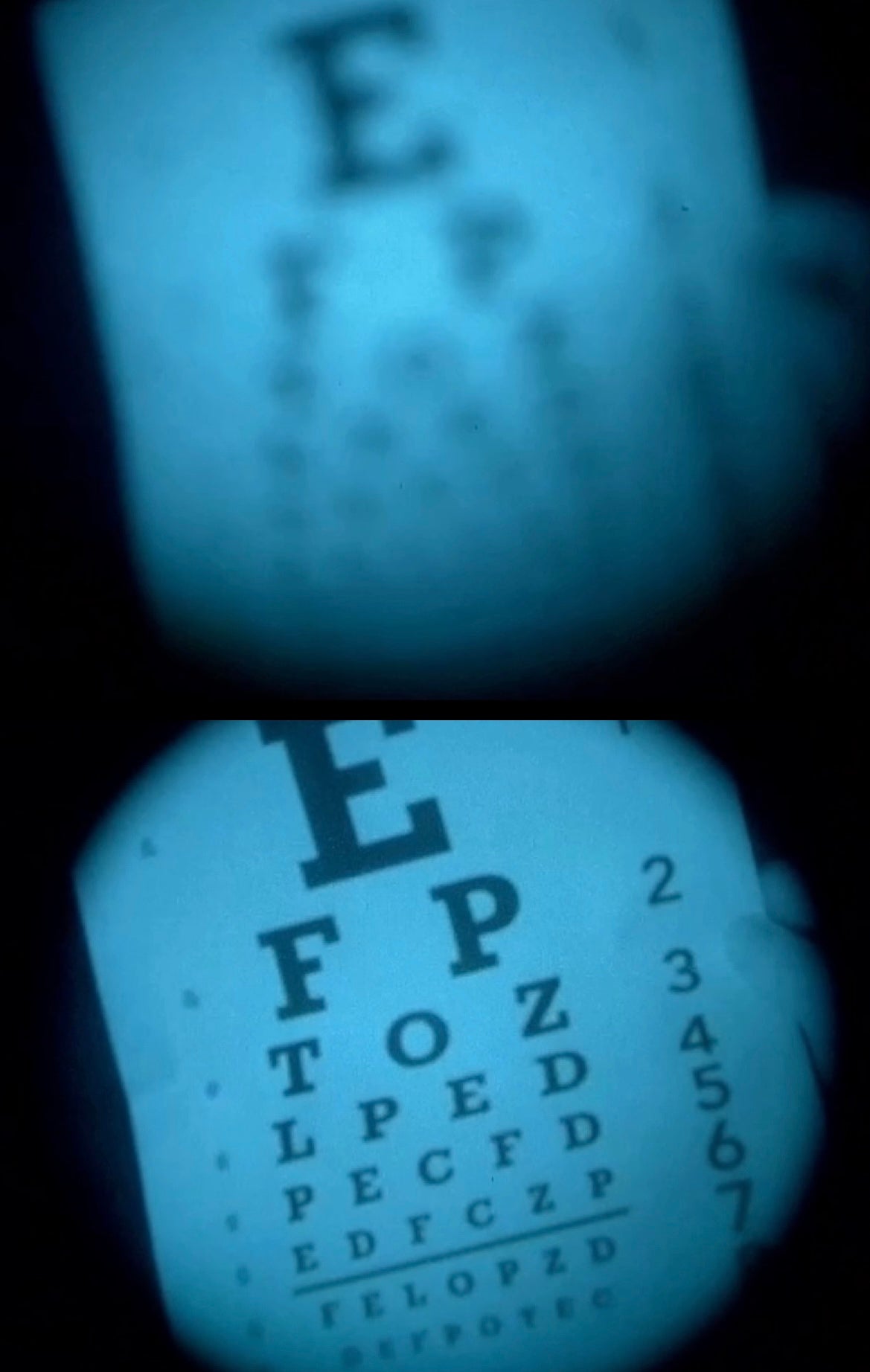Intensifier tube manufacturing is an intensive and elaborate operation involving the creation of insanely thin glass strands fused together for the microchannel plate, to indium seals between the layers of the tube. How does this pertain to me the user? As a result of the various intricacies and ...
This store requires javascript to be enabled for some features to work correctly.
When researching a device you will likely encounter talk of tube specifications. This is good. It’s shows a desire to further one’s understanding. Sometimes individuals will ask the internet what specs they should get or shoot for. Or post their specs as a means of validation through public cons...
Analog Night Vision devices have a shallow depth of field (DOF). Once focus is set only objects within roughly the same distance of the focal point will be in acceptable focus. When focusing your device you will set it at a preferred focal distance and use it in that manner. If close focus is n...
We get this question a lot. How much light is okay for my tubes? The answer is simple, but requires context.
All wavelengths night vision is sensitive to can/will damage tubes due to how they function. This is why there are minimum stated lifespans of operation time.
The main factors which dete...
Prefix Key: "18" 1800 series intensifiers. "20" 2000 series intensifiers. "22" 2200 series intensifiers. "24" 2400 series intensifiers.
Suffix Key: "U" Unlimited FOM not capped for export. "M" Military Spot Specification. "A" Aviator Spot Specification. Additionally, there may be another suffix q...
MTF (Modulation Transfer Function) has been a topic of discussion lately. Here’s a breakdown of what it means in a basic sense.
MTF can be thought of as a measure of contrast at given intervals of spatial resolution. To understand this we need to understand what spatial resolution is. In Night...






